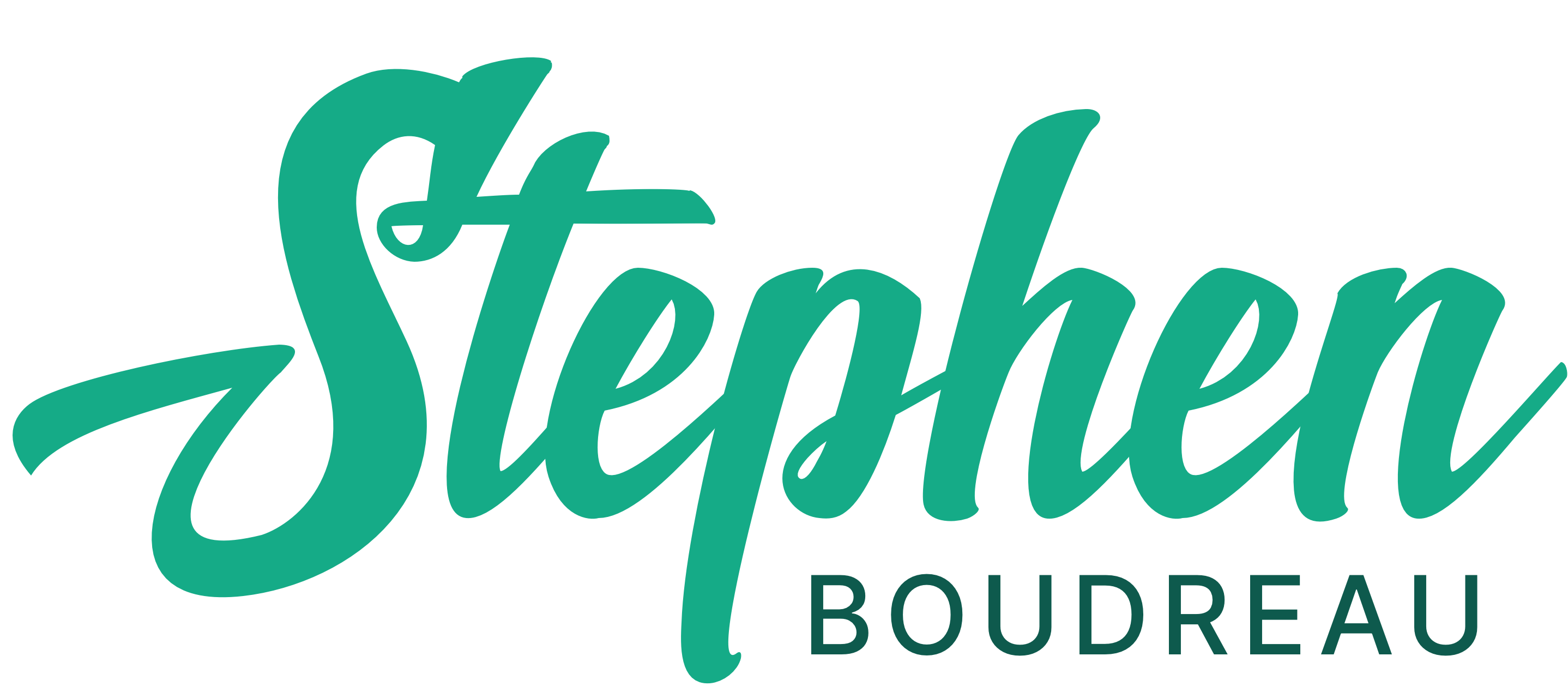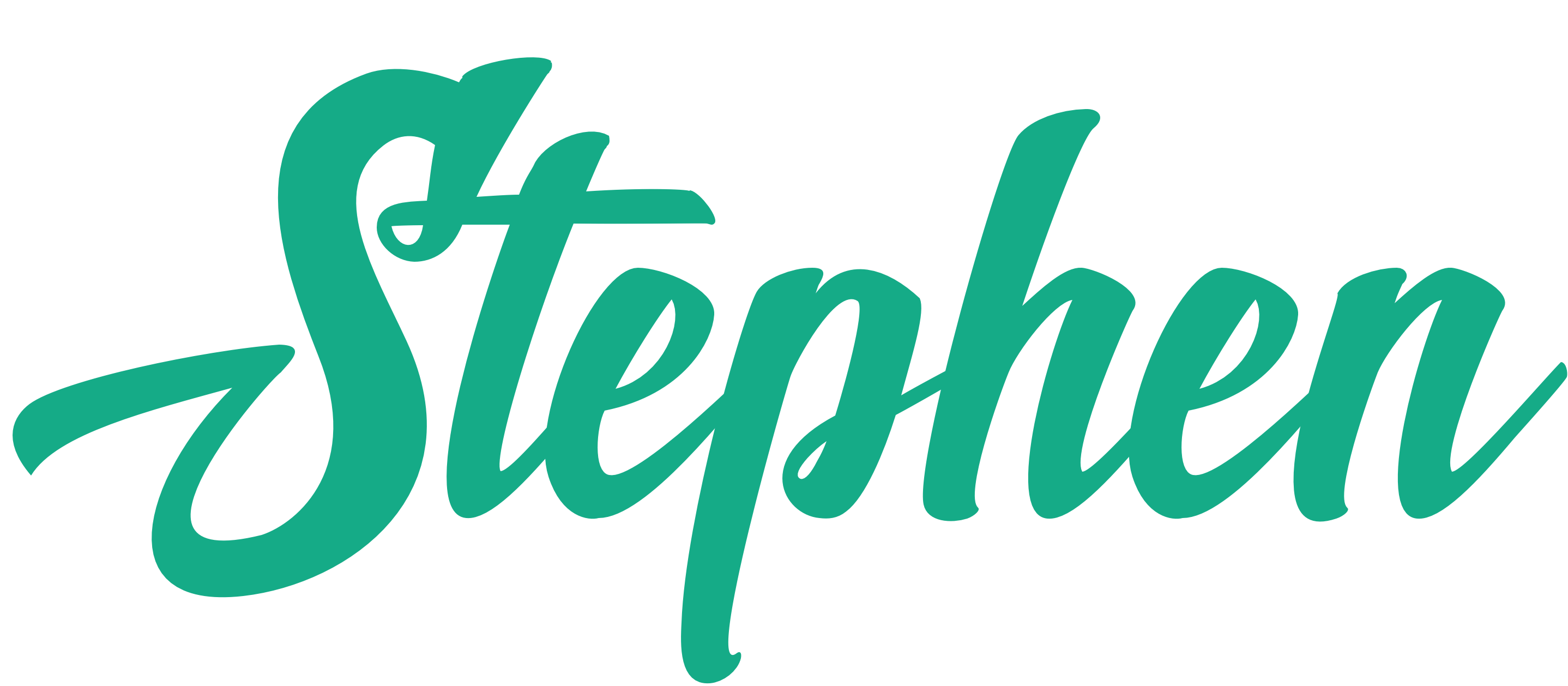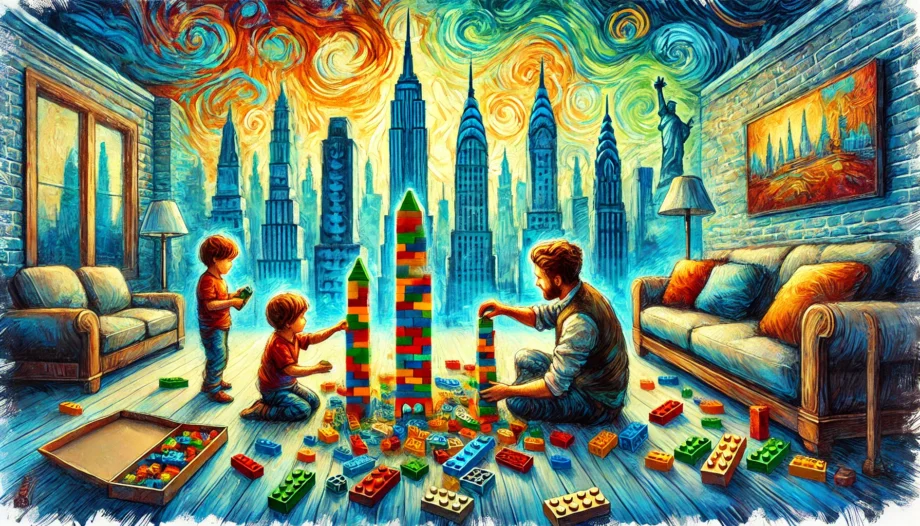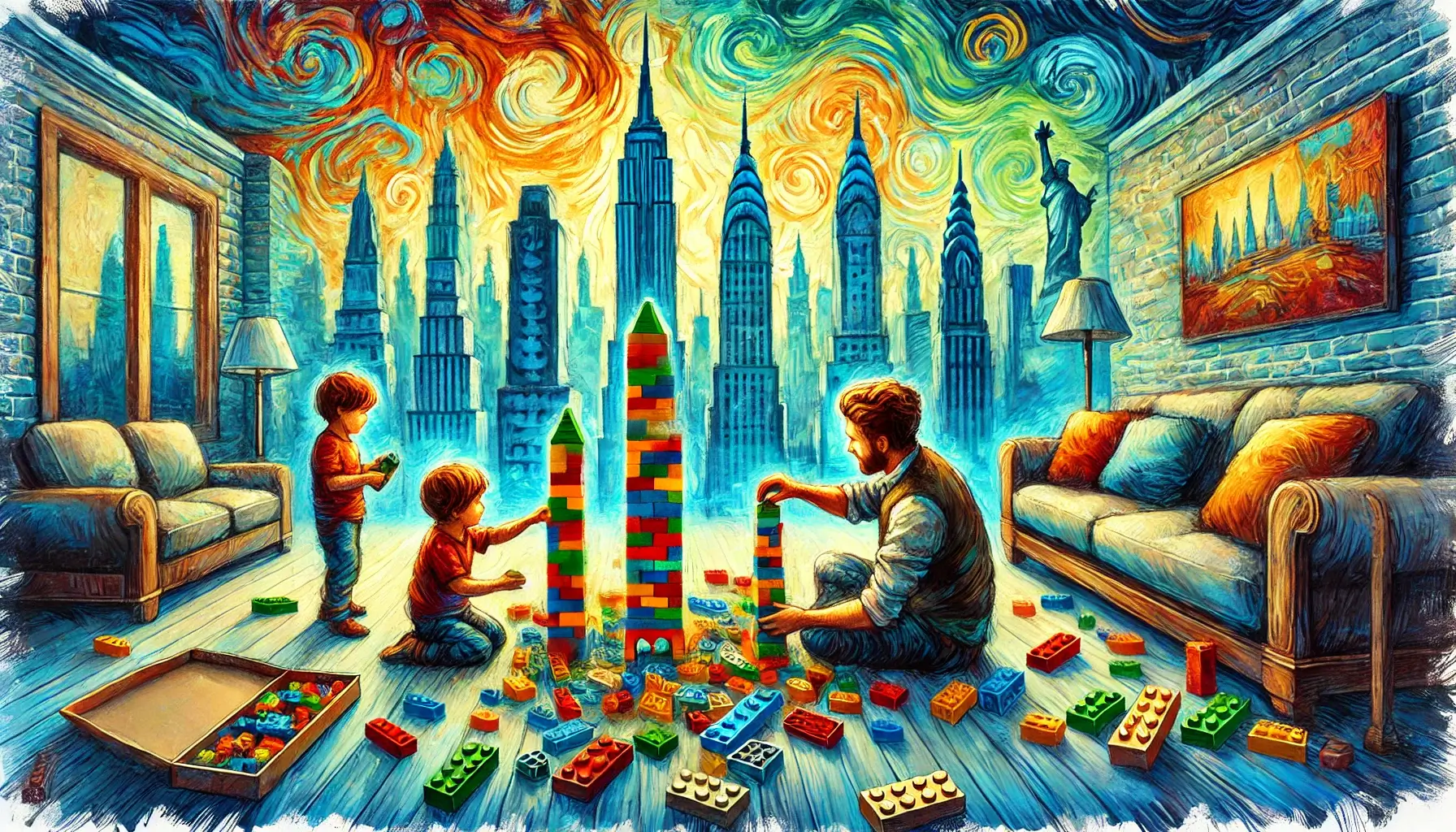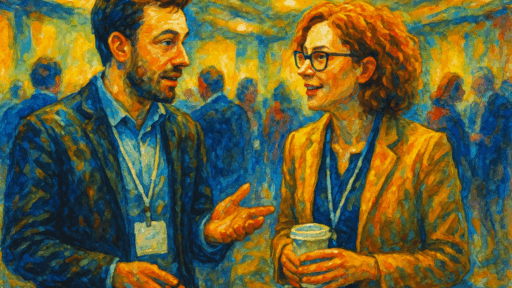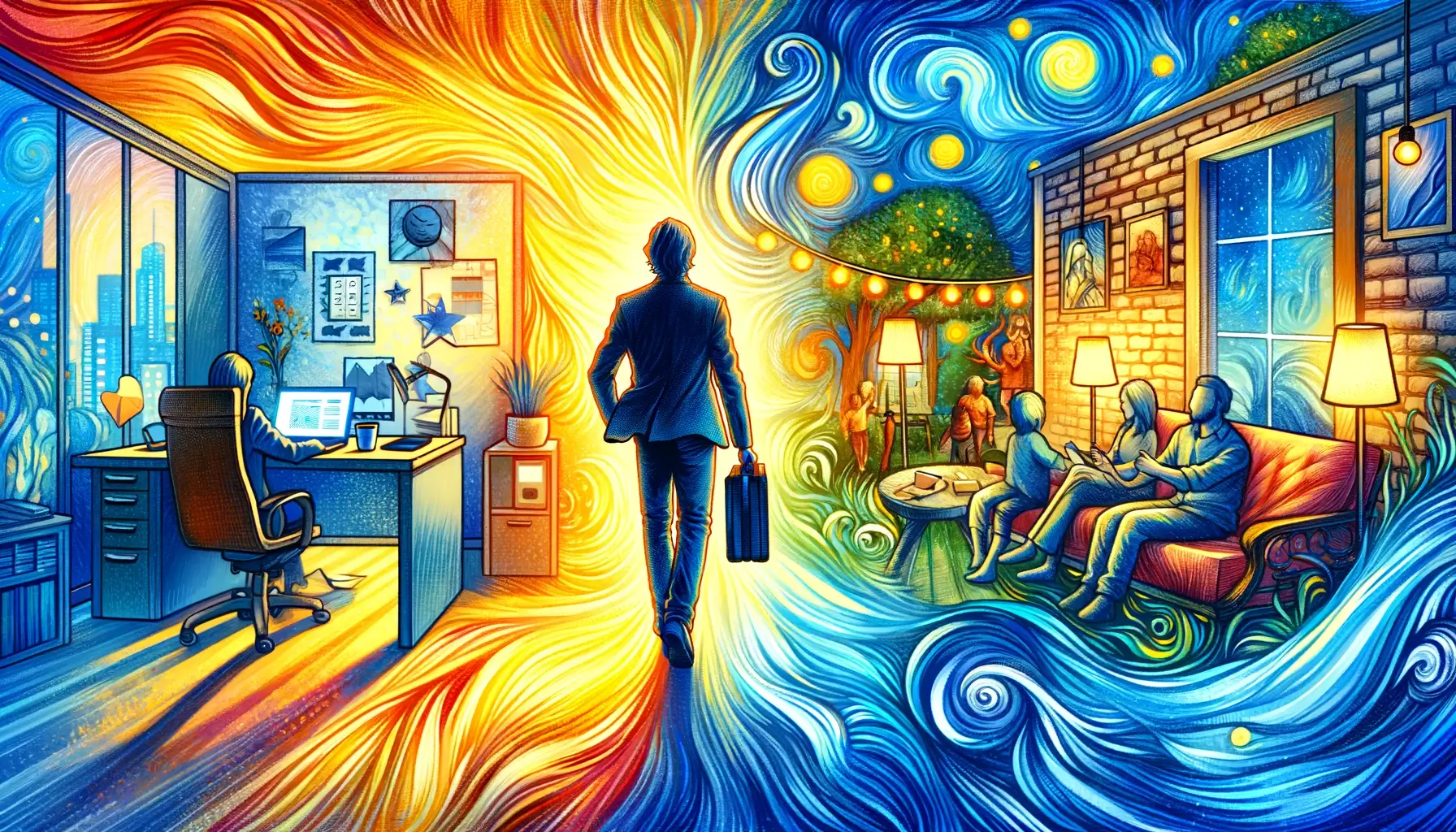“Play is the highest form of research.”
Albert Einstein
Our family loves Lego. But when my kids were little, our Lego obsession was on a whole different level—think less “hobby” and more “lifestyle”.
Weekends turned into marathons of creativity, where the living room floor was a battlefield of colored bricks, each one a stepping stone to something grander.
We started small—simple houses with doors that never quite stayed on their hinges, and cars that were less “Ferrari” and more “Flintstones”. But it wasn’t long before my kids’ ambitions outgrew their limited experience.
One Saturday, I wandered into the living room expecting to see the usual smattering of half-finished projects. Instead, I found something altogether different: the beginnings of a skyline.
My kids, with that boundless energy only youth can muster, had decided that building castles and spaceships just wasn’t cutting it anymore. They were aiming higher—literally.
Together, we started building these towering Lego skyscrapers, each one taller and more ambitious than the last. What began as a few scattered bricks quickly turned into a mini Manhattan, complete with skyscrapers that flirted dangerously close to the ceiling fan.
As we worked together, our living room transformed into a bustling cityscape.
The coffee table became Central Park, though it was more a playground for scattered Lego bricks and the occasional forgotten sippy cup. The couch, in our minds, turned into the financial district, its cushions now serving as makeshift stock exchanges for an economy fueled by snack bartering.
It was the kind of architectural ambition that could make an urban planner break out in hives, but in our little world, guided by wild imaginations… it was magic.
Towers and tradeoffs
And just when I thought we’d peaked—when I was sure they’d finally realized that the ceiling does, in fact, exist—they turned to me with those wide, hopeful eyes that only children can muster and asked, “Dad, can we build another one?”
So we did. And then another. Until the skyscrapers wobbled like they had stage fright.
It’s funny how something as simple as playing Legos can echo other parts of life. In my work—and honestly, in family, friendships, and most things I care about—I’ve spent time figuring out what it means to grow. Sometimes that means adding people, projects, or ideas. Sometimes it just means stretching what you’ve already got.
Growth has a way of pulling you forward. But there’s more than one way to grow.
You can grow wide, spreading into new spaces, though that can leave you scattered.
You can grow tall, reaching higher, though the taller you go, the shakier things can get.
You can grow deep, strengthening what’s already there, though that takes patience and rarely makes headlines.
And somewhere in there comes the question: what kind of growth do you actually want?
Scaling is a choice
Scaling isn’t about stacking more bricks. It’s about pacing yourself, knowing when to pause, and making sure the foundation can take the weight.
Sometimes that means saying no to the shiny new tower until the ones you’ve already built are stable.
Sometimes it means slowing down when everything in you wants to speed up.
And sometimes it means admitting that more isn’t better—not for your team, not for your work, not even for yourself.
Growth isn’t inevitable. It isn’t guaranteed. And it isn’t always necessary. But if we pursue it—and it is always a choice—then how we grow matters as much as whether we grow at all.
The quiet work
What I’ve learned—both in life and in work—is that scaling well isn’t about chasing every option. It’s about knowing what you’re willing to carry.
Every new tower adds more weight, more wobble, more responsibility to keep it standing. Sometimes the wisest move isn’t to build taller or wider, but to stop, reinforce what’s already there, and make sure the foundation can bear it.
That part isn’t flashy. Nobody claps for the Lego builder who spends an afternoon quietly strengthening the base.
But it’s the only reason the city lasts long enough to enjoy.
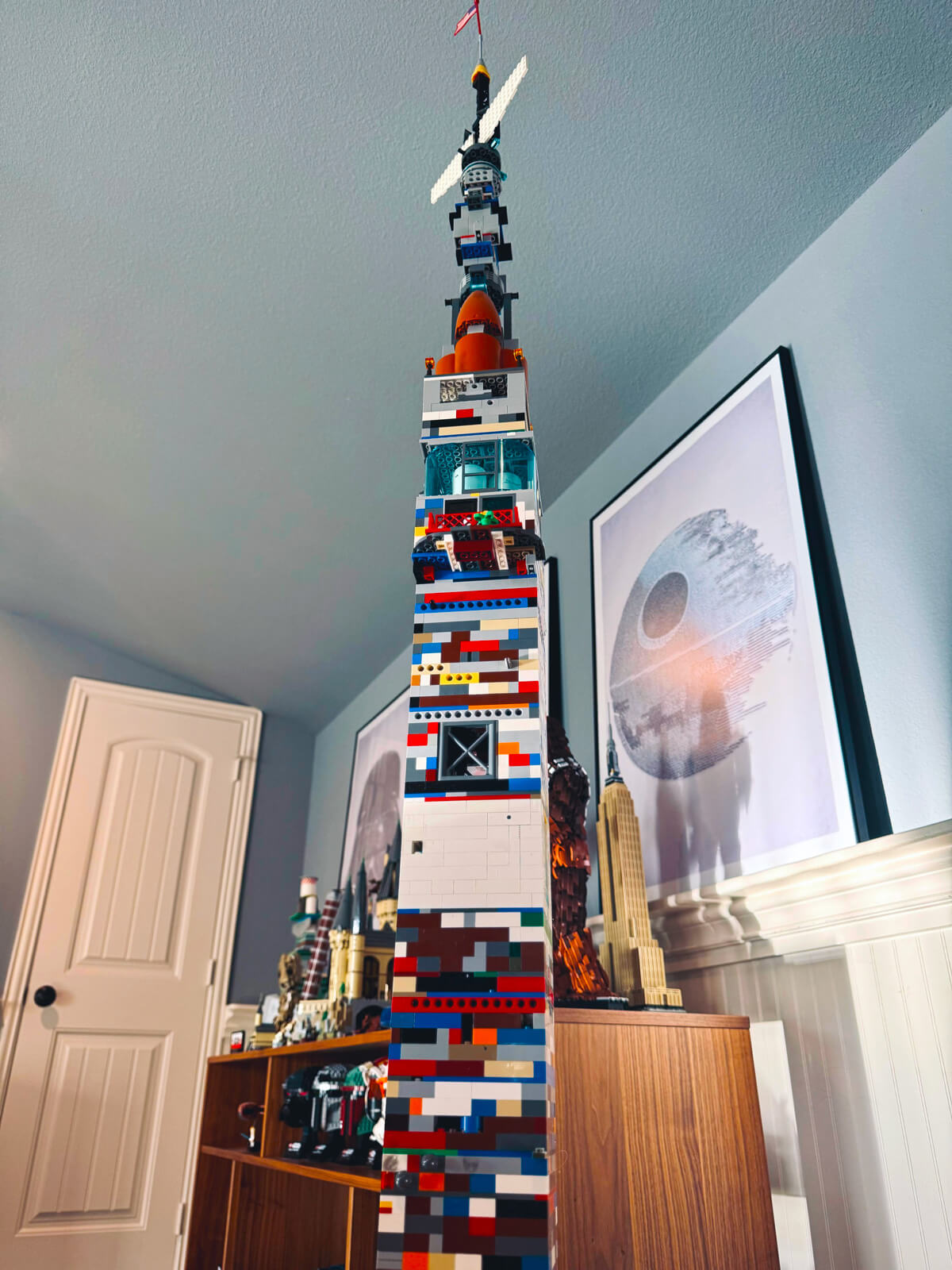
The “Boudreau Science Center” still remains with us to this day. A colorful mosaic of chaos, creativity, and (most of all) love.
